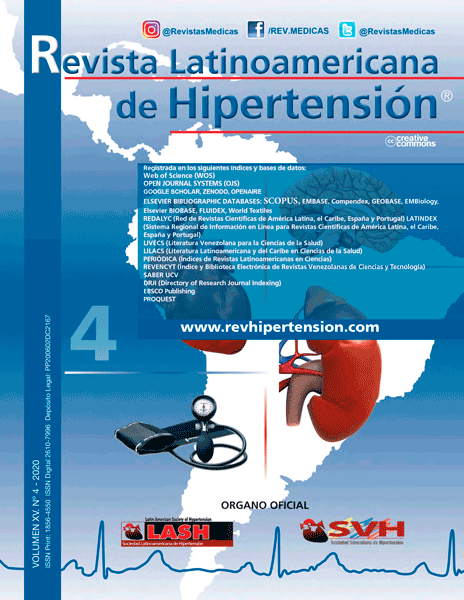Silent myocardial ischemia in patients after emergency coronary intervention (literature reviev)
Palabras clave:
silent myocardial ischemia, percutaneous coronary interventionResumen
In connection with the growing use of percutaneous coronary intervention in the coronary heart disease treatment, it is necessary to closely monitor, control the results, and prevent possible complications in patients. One of the complications of percutaneous coronary intervention is restenosis, which is accompanied by recurrence of anginal pain. And there is no clinic of restenosis with silent myocardial ischemia; therefore, the risk of myocardial infarction and sudden cardiac death increases. According to the literature, after percutaneous coronary intervention, silent myocardial ischemia is found in a quarter of patients, and silent myocardial infarction accounts for 22-78% of all infarctions after percutaneous coronary intervention. To determine the presence of myocardial ischemia and latent coronary insufficiency in order to timely diagnose restenosis and, ultimately, reduce complications, it is necessary to use stress tests. Imaging studies with stress tests, such as stress echocardiography and single-photon emission computed tomography, have high sensitivity and specificity (and availability). In the absence of clinical symptoms after percutaneous coronary intervention, the stress test is recommended in the first 2 years after revascularization. If patients have a high cardiovascular risk, after incomplete or suboptimal revascularization, stenting of small-diameter coronary arteries, bifurcation and/or ostial stenting, stress tests should be performed earlier, and imaging tests should be used as non-invasive diagnostic methods. Timely diagnosis and treatment of silent myocardial ischemia in patients undergoing percutaneous coronary intervention is an important task in general clinical practice.

